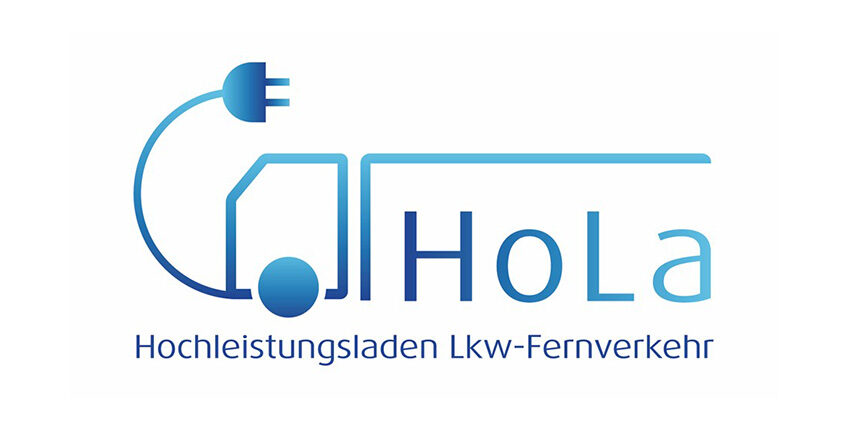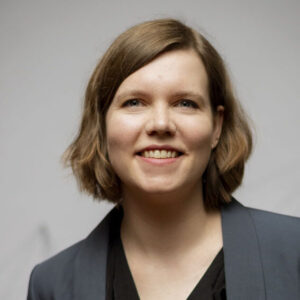Research project provides initial recommendations for the nationwide development of fast-charging locations.
At the European HoLa conference in Berlin today, the first interim findings were presented from the ‘High-power charging of long-distance truck transport’ project, or ‘HoLa’ for short. In the project, a total of eight high-power charging points with the Megawatt Charging System (MCS) were built in five locations along the A2 between Berlin and the Ruhr area and used in real logistics operation. The research results to date yielded recommendations for action that include important findings for the expansion of a comprehensive nationwide charging infrastructure.
Coordinated by Fraunhofer ISI, the funding project comprises of three components: planning and selection of locations, construction and planning of fast-charging points as well as accompanying scientific analysis. There are a total of twelve consortium and ten associated partners from industry and research participating, including truck manufacturers Daimler Truck, MAN, Scania, TRATON and Volvo. The cooperation between the 22 partners enables important findings to be generated for the development of charging infrastructure and fast-charging locations along the motorways. These in turn, have been used to develop recommendations for action that have now been presented to the public and discussed for the first time at a conference in Berlin.
Over 250 participants from 18 European countries discussed the challenges and solution approaches for megawatt charging of battery trucks. The conference was opened by Daniela Kluckert, Parliamentary State Secretary at the Federal Ministry for Digital and Transport (BMDV), which supports the HoLa project as an innovation cluster for climate-friendly truck drive technologies in the framework of implementing the overall concept for climate-friendly commercial vehicles.
The first results recommend massive expansion of truck charging locations by 2050.
An EU regulation has already set specific minimum targets for a public truck charging infrastructure for all EU member states: For example, with regard to Germany, a total of 32 truck charging stations are to exist by 2025, already 104 by 2027 and finally, 314 truck charging stations by 2030. The associated charging power for trucks will increase from approx. 66 megawatts in 2025 to 918 megawatts in 2030. The EU regulation also stipulates that fast-charging infrastructure for battery-electric trucks must be available every 60 to 100 km along the main German motorways.
This raises the question of suitable locations, their design and the number of locations and charging points beyond the minimum target. The researchers arrived at the conclusion that a starting network for Germany should comprise of approx. 142 charging locations. The underlying scenario envisages that in 2030, trucks will be recharged during the legally prescribed 45-minute break in driving time after a four-and-a-half journey and that around 15 per cent of all heavy-duty trucks will be battery-electric, with a maximum of half of all recharging taking place at public charging infrastructure.
Taking into account the local traffic volume and its progression, researchers foresee the need for a minimum of 1,000 charging points for Germany in 2030 with a maximum waiting time of 5 minutes at peak traffic periods. At a faster pace of market penetration of e-trucks in long-distance transport and longer idle times, they anticipate 2,000 charging points. This secures a minimum charging infrastructure and includes both large stations with over ten charging points as well as smaller ones with at least two charging points.
Funding as part of the BMDV’s overall concept for climate-friendly commercial vehicles
The HoLa project is being funded under the Electric Mobility funding guideline in the total amount of 12 million euros by the Federal Ministry for Digital and Transport and in the framework of the implementation of the overall concept for climate-friendly commercial vehicles, is being carried out as a technology and testing project. Funding for this measure is also provided under the German Recovery and Resilience Plan (DARP) through the European Recovery and Resilience Facilities (ARF) in the NextGenerationEU programme. The funding guideline is coordinated by NOW GmbH and implemented by Project Management Jülich (PtJ).


